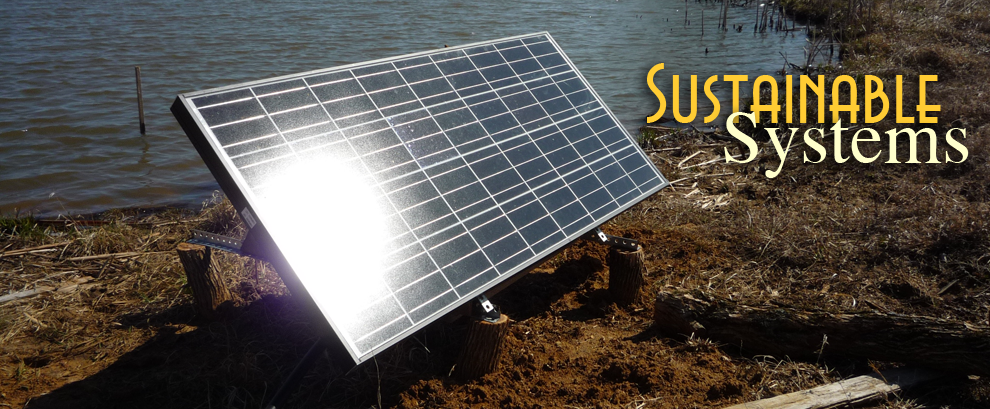Sustainable Living Skills You Need to Survive
It might not seem so serious to the average consumer in the First World, but the future of the world as we know hangs in the balance. The media is full of bad news that can make changing things for the better seem hopeless, but there are simple and radical things you can do to reduce your impact and set an example for others. It's not just a choice, our survival depends on it.
Follow my YouTube Channel Hardcore Sustainable to find out how I've implemented sustainable technologies and techniques at Dancing Rabbit Ecovillage to help me live more lightly on the Earth.
Subscribe to my email list to receive updates of my latest sustainable living videos

Making Milk Paint Straight from the Cow
You’ve probably heard of milk paint. It’s a much more sustainable type of paint than acrylic paints for indoor applications. It doesn’t offgas, contains no petrochemicals, and is biodegradable, unlike acrylic paints, which contain plastics. You can buy milk paint premixed or in powder form, but in this video, I’ll be making MILK PAINT straight from the cow. I go through the entire process using raw local milk as the base, and mixing in only slaked lime, and earth pigments. It’s that simple!
Support the channel!
www.patreon.com/hardcoresustainable –get first preview of all my videos!
A Natural Alternative to Paint for Wood Siding and Fences
Wood Treatment Recipe
2 parts Turpentine
3 parts Raw Linseed Oil
Earth pigment to taste
Support the channel!
patreon.com/hardcoresustainable
paypal.me/HardcoreSustainable
Follow us on other social media!
https://www.instagram.com/hardcoresustainable/
https://www.facebook.com/HardcoreSustainable/
http://hardcoresustainable.com
Double Your Grape Vines in a Couple Months With This Method | 100% Success Rate
Grape cuttings are usually rooted using dormant cuttings taken in the fall or winter. These are great and can have a success rate of 70% or so in ideal conditions, but there’s another way to have 100% success and get rooted cuttings in just a month. And it’s easier than any other kind of grape propagation. In this video, I’ll show you the few easy steps to make layered grape cuttings.
Support the channel!
https://www.patreon.com/hardcoresustainable
https://www.paypal.me/HardcoreSustainable
Follow me on other social media!
https://www.instagram.com/hardcoresustainable/
https://www.facebook.com/HardcoreSustainable/
Permaculture in an Organic Vineyard at a Radical Ecovillage
I live in what is probably North America’s most radical ecovillage, Dancing Rabbit Ecovillage. I moved here over 15 years ago to live in the country closer to the land, and to devote my life to reducing my impact on the planet.
Spring is the time for getting the garden in. Part of my garden is in my organic vineyard. I don’t just grow grapes. I grow cucumbers, squash, tomatoes, and melons between my grape vines. And in the past few years I’ve also been growing perennial flowers to provide an additional cash crop from the space. I use comfrey within the rows of grapes to smother the grasses and other weeds that would otherwise rob the grapevines of water and nutrients. Most vineyards would just spray herbicide to control the weeds. Permaculture is possible even in a vineyard.
Support the channel!
patreon.com/hardcoresustainable
paypal.me/HardcoreSustainable
Early Spring Self Sufficiency On an Ecovillage Homestead
Living sustainably and self sufficiently is a lot of hard work. You have to take the opportunities to get work done when the weather allows, but you also have to take time to appreciate the natural world around you when you have the chance. This is early spring for me in the ecovillage where I live.
Support the channel!
patreon.com/hardcoresustainable
paypal.me/HardcoreSustainable
Follow me on other social media!
https://www.instagram.com/hardcoresustainable/
https://www.facebook.com/HardcoreSustainable/
http://hardcoresustainable.com
Amazing Off-grid Kitchen in My Tiny House
I’ve done videos on parts of my kitchen before, but I’ve never given a tour of my whole off-grid kitchen and all the things about that make it more eco than other kitchens. So many resources are channeled through our kitchens…all the things we depend on to feed ourselves nutritious food. I’ll take you on a tour of every little feature of my off-grid kitchen at Dancing Rabbit Ecovillage, one of the world’s most radical ecovillages.
#offgrid #kitchen #ecovillage






